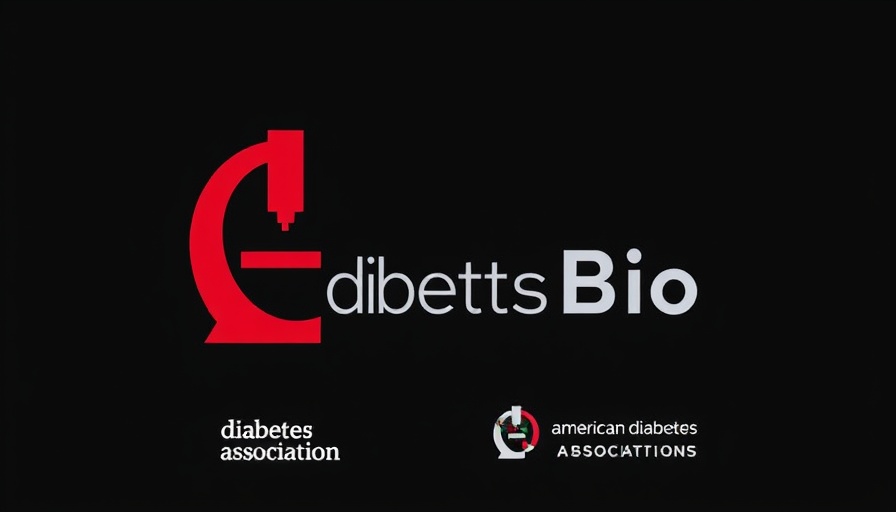
Revolutionizing Breast Cancer Treatment: A New Era Begins
In an exciting development for breast cancer patients, recent research has shown that a one-week radiotherapy treatment is just as effective and safe as the traditional three-week regimen. This study highlights a significant advancement in oncological care, potentially transforming how breast cancer is treated globally.
The Study: Key Findings and Implications
Conducted by a prominent team of oncologists, the study involved numerous participants and tracked their responses to a condensed radiotherapy schedule. The primary goal was to determine if a shorter duration of treatment could deliver the same therapeutic benefits while reducing the patient's overall burden. The results revealed that the one-week approach is on par with the three-week standard, showing similar rates of tumor infection clearance and minimizing side effects, such as radiation-induced fatigue.
Understanding Radiotherapy: How It Works
Radiotherapy is a common treatment method for various cancers, including breast cancer. It utilizes high doses of radiation to kill cancer cells and shrink tumors. Traditionally, patients undergo this treatment over a longer period, which can be not just tiresome but can also disrupt their daily lives significantly. The findings from this study suggest that with advancements in technology and treatment protocols, patients can attain equally effective results in a fraction of the time.
Why Shorter Treatment Matters
For many breast cancer patients, the emotional and physical toll of undergoing treatment can be exacerbated by the length of therapy. A one-week treatment protocol can provide numerous benefits:
- Reduced Time Commitment: Patients can return to their daily routines sooner, improving their quality of life.
- Lower Healthcare Costs: Shorter treatment cycles could lead to decreased medical expenses, benefiting both patients and healthcare systems.
- Decreased Anxiety: A condensed schedule may lessen the psychological weight of treatment, allowing patients to focus on recovery.
The Future of Oncological Care
As advancements in medical technology continue to evolve, the prospect of optimizing cancer treatment holds tremendous potential. This study not only sheds light on the efficacy of reduced-duration therapies but also emphasizes the ongoing need for research in this area. Investigating alternative approaches will further progress in the fight against cancer, leading to better patient outcomes and potentially new standards of care.
A Global Perspective on Breast Cancer Treatments
The shift towards more efficient treatment models is particularly beneficial on a global scale. Many countries with less access to healthcare can struggle with lengthy treatment protocols, causing delays and complications in patient care. By advocating for shorter and equally effective treatment methods, oncological societies worldwide could enhance healthcare accessibility and outcomes, addressing inequalities in cancer care.
Conclusion: A Call to Action for Patients and Healthcare Providers
As breast cancer treatment evolves, it is essential for both patients and healthcare providers to stay informed about their options. Understanding the implications of studies like this one can empower patients and facilitate shared decision-making between doctors and patients. Furthermore, advocating for the adoption of these new protocols in institutional settings can enhance the overall quality of cancer care.
To explore more about breakthroughs in the realm of cancer treatment, don’t hesitate to join conversations within your healthcare community or consult with medical professionals specialized in oncology.
 Add Row
Add Row  Add
Add 




Write A Comment